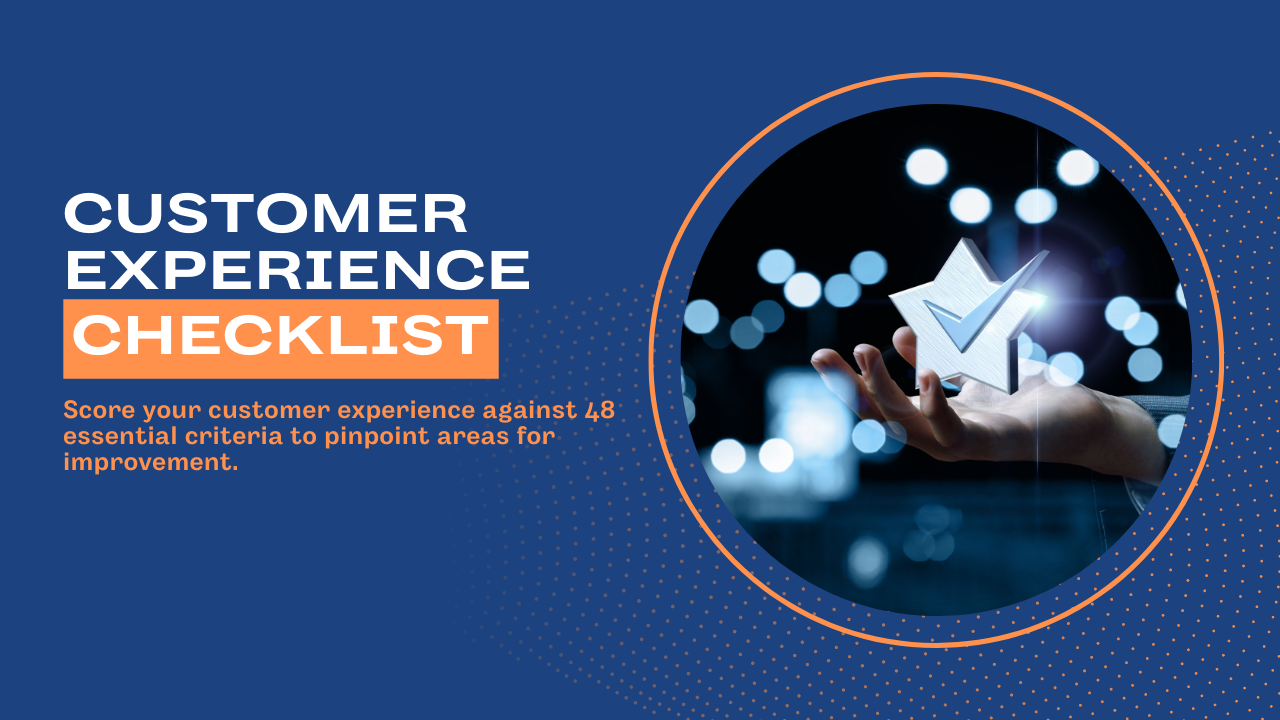Agent turnover is an issue businesses in every industry are dealing with more than ever. New employees are being hired and trained but then try it out for a week and leave. And that’s if they even show up at all. Businesses are losing money and time.
Why is this happening, and what can you do to prevent it? How can you set your business apart from others to attract the best agents and keep them along with the ones you have?
Start at the application process.
Employee and employer expectations are often very different. It’s important to be transparent from the very beginning. Make sure the new hire has a clear understanding of what that job entails and what the shift periods are going to look like.
Often on job applications, there is the question, “What are your available hours during the week?” Many times, prospective employees will simply answer “open” to increase their chances of getting the job when that is not the case, and a more flexible schedule would work better for them. Outline shift schedules, giving the applicant options to choose instead.
In as much detail as you can, define what your offerings normally look like. Are they eight hours? Is there a 30-minute lunch? Many industries have shifted to flex scheduling as additional tools have rolled out. And as companies start reforming, especially in this post-COVID world where most workers are remote, it doesn’t have to be a contained schedule inside of an office.
Build the walls around the parameters of when they’re available and then work with them on what kind of tuning fits from there. Ask questions like “What is the latest you can work?” “What is the earliest?” “What days must you have off?” Plug those in, and then you’ll have those four parameters while they were allowed some flexibility. You can also say, “schedules are subject to change, but we can try to work with your lifestyle as much as possible.” By getting the preference for morning, evening, and third shift — whatever the options may be — you then can evaluate and work out a schedule that fits best for both the employee and your business.
This way, they’ll have the buy-in, and they know that you know their availability. You know those who will never work a Sunday or those who prefer to work overnights. Those are the kinds of parameters you want, besides just the schedule. You want to know what you can change if necessary.
The Gen Z Factor: Different mindsets and different technologies
“Gen Z” is entering the workforce. A lot of companies are looking to target and hire people in this 18 to 24 demographic. But it’s important to be aware of the generational differences between the mindsets of older workers and those just beginning their careers.
Older workers are more likely to stay in a job long-term and “work their way up.” But there has been a shift with Generation Z. Younger workers don’t always come in with a mindset for longevity. They have entirely different ideologies on what work engagement or work ethics are. While previous generations have adapted to their employer’s expectations, Gen Z is pushing the disruption to the traditional work model even further than millennials before them. While salary is still a deciding factor, this new generation is looking for more. Purpose, flexibility, and alignment of culture are important values. They are rejecting the linear career path and instead are looking for fulfillment and passion.
Additionally, for the very first time in our history, we have an entire generation of workers who have grown up in an entirely digital world. They have not known technologies like the internet, smartphones, etc. This could present some challenges if the technology required for the job is older. It can be hard and frustrating for them to adapt to what they’re used to and what they’re expecting.
At the same time, while technologies are evolving, the business can’t just overhaul all its technologies to suit a certain bracket of new hires. How do you reach a good middle ground so that you’re not completely putting them off and alienating them with technologies that they’re not comfortable or familiar with? This is a tricky tightrope to walk because you want to engage younger hires without causing an adverse effect on older workers you still have on your staff. How do you adapt to a new generation without it turning into ageism? It’s all about balance and making sure everyone feels engaged and empowered.
This is where coaching and engagement come in. Try to get the new incomers to adapt to what they do have and understand how your technology relates to the materials they’re used to using. This ties into their evaluations and how you interface with this person. Recognize the shortcomings and map out the path for improvement. What offerings are you giving to your challenge?
But ultimately, this is one of the things where you’re never going to be able to please everybody. Certain skill and technological gaps are going to be present. Expect to see some turnover for people that can’t adapt to the resources they have available with a new position.

Culture is Key
An important step that many businesses miss is not delivering a clear image of the culture of the company to new hires as quickly or as broadly as they could. On top of the work that agents would do at a contact center or, or in any industry, the culture of the business matters, and having that sort of involvement, engagement, and reception to new staff is vital.
The best way for new hires to feel like they fit in is by showing them the culture. This goes back to workers looking for fulfillment and passion in their work lives. If they feel they don’t fit in, they are going to look for somewhere else where they do.
Onboarding
According to Gallup, only 29% of new hires say they feel fully prepared and supported to excel in their role after their onboarding experience.
When the agent is gauged, they’re welcomed into the enterprise and learn about the business. Give them the clearest example of what they can expect for not only that first four to six weeks, that first 90 days, but ongoing as well.
Gamification
New hires must be allowed to grow. But you need to keep them involved and, and, and engaged in the business itself. Gamification has become a popular solution. Employees want to be excited about what they are doing and feel like a part of something bigger than just a part of a machine. Keeping them engaged is going to keep them on board.
Coaching
There are two types of delivery methods regarding coaching:
- Telling your employees what they’re not doing right.
- Giving them areas for coaching and improvement.
The first option puts the new hire on the defensive and will almost always fail. It is crucial, especially for those first 90 days, to onboard employees correctly. Engage the agent to support their understanding and to improve performance rather than just stress them out.
Mentorship is a powerful tool to help new hires grow and develop. Pairing a new employee with an experienced team member who can answer questions and offer support will help them succeed by receiving guidance that is tailored specifically for their strengths and needs.
Coaching and mentorship must be an ongoing thing throughout the employee’s entire duration at your business. It doesn’t end after 90 days, six months, or a year. It must be constant to support their growth and any changes that come up throughout their tenure. This is crucial for retaining employees past the hiring/onboarding stage.
Evaluate
Again, transparency matters. Make sure your new employee knows the evaluation schedule and KPIs they must meet at each interval. Though the evaluation frequency is important, the actual evaluations are what’s more important. What metrics are being reported on, and how is it being delivered to that agent? If there are areas for improvement, work with the employee to map out a plan for additional resources or training. (Remember #2 in Coaching above.)
The employer-employee relationship must be one of equal respect and trust, clear objectives, and ongoing support. Set your business apart from the rest to attract and keep the best people.
About the Authors

Juston Hicks
Workforce Engagement Management Consultant
Waterfield Tech
Juston has been involved in Workforce Management in various roles for over ten years. He joined April Bock’s WEM team in August of 2021. He lives in Winston-Salem, North Carolina with his wife, three kids, and two dogs. Outside of work Juston enjoys playing guitar, golf, and gaming with his kids.

Clifford Hoffer
Workforce Engagement Management Consultant
Waterfield Tech
Cliff is a WEM consultant with Waterfield and a certified Genesys associate. A Workforce Management professional with over 20 years of experience in contact center operations, Cliff specializes in developing new WFO programs. Prior to joining Waterfield, he was the Senior Manager of Workforce Management for the 2020 U.S. Census contract for Maximus Federal, a $264M project entailing the establishment of a national multi-site WFO program, and the WFO Manager for Educations Services at General Dynamics in which he led a team of WFO professionals on multiple products including the Federal Student Aid Information Center (FSAIC), Debt Management Collections Systems (DMCS), and the Consumer Financial Protection Bureau (CFPB).


